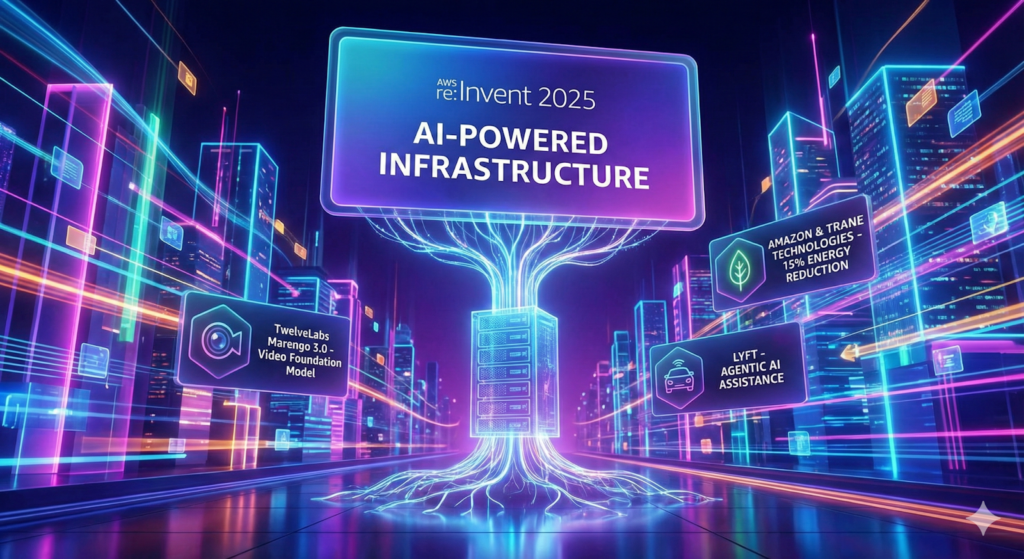
In a surprising turn of events, Adam Selipsky stepped down as CEO of Amazon’s AWS cloud computing division, making way for Matt Garman, a long-time Amazon employee who joined the company as an intern in 2005. With extensive experience in AWS, having worked on its early products and most recently as senior vice president for sales and marketing, Garman is poised to steer the cloud giant into its next chapter.
In a recent interview, Garman outlined his vision for AWS, emphasizing a renewed focus on startups and the necessity of maintaining a rapid pace of innovation. “Our business is thriving, so there’s no pressing need for drastic changes,” he stated, “but we must not lose sight of our roots—developers and startups. They’ve been our lifeblood.”
Reinvigorating Focus on Startups and Innovation
As AWS has evolved, it has increasingly catered to larger enterprises and government sectors. However, Garman believes the company must not forget its foundational mission of supporting startups. “We’ve leaned heavily into larger clients, but we must also keep our commitment to developers and startups,” he explained.
The AWS CEO emphasized the importance of innovation amid the rapidly changing tech landscape. “We cannot afford to rest on our laurels. Our customers expect the best, and we must deliver a comprehensive suite of services that leads the industry in security, performance, and innovation,” he declared.
Generative AI: AWS at the Forefront
The rise of generative AI has sparked intense competition in the cloud industry, with many questioning whether AWS is keeping pace. Following the explosion of interest in technologies like ChatGPT, some industry experts suggested AWS had fallen behind rivals like Google Cloud and Microsoft Azure. However, Garman refuted this perception, noting that AWS has long offered successful machine learning services like SageMaker.
Instead of rushing to deploy generative AI tools, AWS took a more measured approach, focusing on how customers could best leverage the technology. “We wanted to create a flexible building platform rather than just another application,” Garman stated, emphasizing the importance of understanding customer needs.
At the core of AWS’s generative AI strategy is Bedrock, a platform offering a diverse range of open and proprietary models. “Bedrock is experiencing phenomenal growth. Users are eager for customized models that leverage their unique data,” Garman revealed. However, he acknowledged that cost remains a significant barrier to widespread adoption.
To address this, Garman highlighted AWS’s initiatives in custom silicon, including the upcoming launch of next-generation Trainium chips, expected by the end of this year. “This will significantly enhance affordability for our customers,” he expressed.
Innovating with AI Agents and Launching Q
While AWS is committed to developing its own large language models, Garman stressed the need for these models to provide unique value. “We want to ensure they’re differentiated, either through our unique data or by tapping into new opportunities,” he explained. He expressed particular enthusiasm for innovations in AI agents, which could expand the capabilities of generative AI by automating user tasks. “This will allow us to harness the true potential of generative AI and enhance its utility across industries,” he noted.
At the recent re
conference, AWS introduced Q, an AI-driven assistant designed to streamline workflows. Garman described its two variations: Q Developer, which integrates with popular development environments to assist with coding and modernization of legacy applications, and Q Business, which aggregates internal company data into a ChatGPT-like question-and-answer service. “We’re not just focusing on coding; we’re addressing every pain point in the developer lifecycle,” he emphasized.
Notably, Garman shared that using Q Developer, Amazon teams updated 30,000 Java apps, saving an impressive $260 million and 4,500 developer years in the process.
Streamlining Services and Strengthening Open Source Ties
While Garman maintains that little has changed at AWS, the company recently announced plans to shut down several underperforming services. “We evaluated our offerings and recognized that some services were either inferior or didn’t gain the traction we anticipated,” he explained. “We want to focus on what works best for our customers and align with better solutions in the partner ecosystem.”
In a significant shift, AWS is also working to strengthen its relationship with the open-source community. Recently, the company contributed its OpenSearch code to the Linux Foundation, signaling a commitment to collaboration. “We love open source. We want to leverage the community and be a major contributor back to it,” Garman stated.
He acknowledged that friction has historically existed with open-source projects that transitioned away from their original principles. “We’ve learned to be better stewards in this community, and we’re committed to evolving our approach,” he said.






